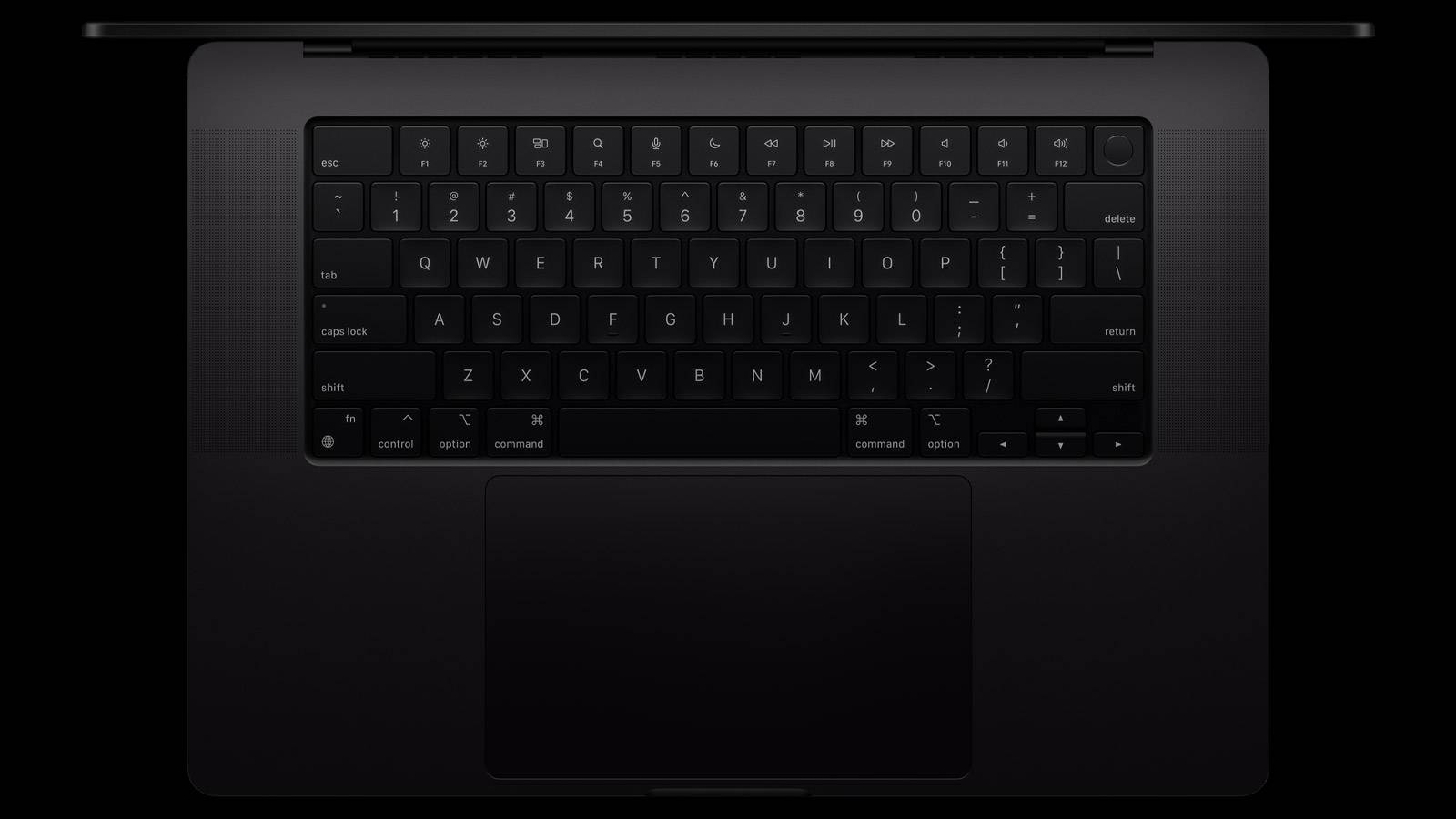Just got your first DSLR or mirrorless camera? These are the best second lenses to buy to improve your photography
If you’ve just unboxed a new mirrorless or DSLR camera, it probably came with a kit lens. Often a mid-range zoom (such as 18-55mm), these bundled barrels are great for getting started. But because they’re built to a budget, their performance is usually limited. If you’re ready to take the next step with your photography, it’s probably time to look at the best second lenses.
Additional lenses unlock new shooting capabilities for your camera, letting you take better photos of specific subjects and settings. Fast prime lenses, for example, enable you to experiment with depth of field in street and portrait photography. Telephoto zooms get you much closer to your subject, with longer models ideal for capturing images of wildlife and action. You’ll also find macro, wide-angle and premium zoom lenses on the market.
With so many lens choices out there, it can be tricky to pick the right one for your needs and budget. That’s why we’ve rounded up a few of our favorites in the list below. As it’s impossible to cover all of the available options for every camera model and mount, we’ve instead selected a handful of top deals for the best mirrorless cameras and best DSLRs. Each has been chosen as a good example of what to look for when shopping for a second lens.
And remember: you don’t need to cover every focal length in your kit bag; it’s smarter to buy only the lenses you need for the photos you like to take.
Best second lenses for mirrorless cameras
Different manufacturers use different mounts for their mirrorless cameras, so you’ll need to pick a lens which fits your specific model. If there isn’t one listed below, take a look at our dedicated round-ups of the best Sony lenses, the best Canon RF lenses, the best Nikon Z lenses and the best Micro Four Thirds lenses (a mount used by Panasonic and OM System).
50mm prime
The nifty fifty
A fast prime with a fixed focal length of 50mm, the so-called nifty fifty is a very useful second lens. Its wide maximum aperture is ideal for portraiture and useful in low light. It’s also compact, affordable and, paired with a full-frame sensor, offers a field of view similar to the human eye. This Canon RF model is a great example: tidily designed and lightweight at 160g, its f/1.8 aperture delivers a pleasantly shallow depth of field. It’s inexpensive, too.
All-rounder
The all-rounder zoom
Starting wide and zooming to telephoto, this 24-120mm lets you cover a lot of bases without switching lenses. While it overlaps with the range of a 24-70mm f/4 kit lens, it zooms much further while maintaining the same maximum aperture. That makes it a very versatile lens for shooting a range of everyday scenarios. Plus it’s consistently sharp across focal lengths. If you’d prefer even longer range over constant aperture, consider the Nikon Z 24-200mm f/4-6.3.
Telephoto
The telephoto zoom
Whether you want to shoot wildlife or sports, the 70-200mm is a classic choice of telephoto, with a range that’s useful in a variety of scenarios. Like 24-70mm zooms, the 70-200mm generally ships in two configurations: a fast f/2.8 version with a pro price tag, and a smaller, more affordable f/4 option. This stabilized Sony number represents the latter. It’s a remarkably flexible lens, with excellent image quality, fast AF and half-macro support for close focusing.
Best second lenses for DSLR cameras
Mirrorless might be the future, but there’s still an active market for DSLR cameras and lenses to match. Canon and Nikon are the only manufacturers to feature in our list of the best DSLR cameras, so we’ve focused on lenses to fit their models below. For further recommendations, check out our specific features on the best Nikon DSLR lenses and the best Canon DSLR lenses.
Wide-angle
The wide-angle zoom
From landscapes to architecture, wide-angle lenses let you exaggerate perspectives to cover expansive scenes in a single frame. Designed for Nikon and Canon DSLRs, this Tamron 10-24mm zoom is one of our favorite wide-angle options for APS-C models. It handles well, while weather sealing complements the high-quality build. It also benefits from good sharpness and contrast, aided by a quick AF system and optical image stabilization. It’s sold for Canon EF and Nikon F mounts.
30mm prime
The 30mm prime
Like the nifty fifty above, this is a fast prime that performs fantastically in low light and delivers a tight depth of field. Paired with a full-frame sensor, 30mm looks notably wider. But with an APS-C body, it gets close to that classic 50mm look (depending on the crop factor). It’s well-built, fast to focus and impressively sharp even at f/1.4. Plus it’s available with a number of mounts, including Nikon F, Canon EF and Sony A.
Super-telephoto
The super-telephoto zoom
Super-telephoto lenses are fantastic for wildlife and sports photography. A fixed focal length will give you the best outright performance, but a tele-zoom is more useful for covering different scenarios. Take this 70-300mm lens from Canon: compatible with APS-C and full-frame models, it covers a range of telephoto lengths while staying sharp at the center of the frame. It’s also fast to focus, features a useful built-in display and weighs a relatively light 710g.
Looking to save on an action camera? We’ve rounded up the best cheap action camera deals




